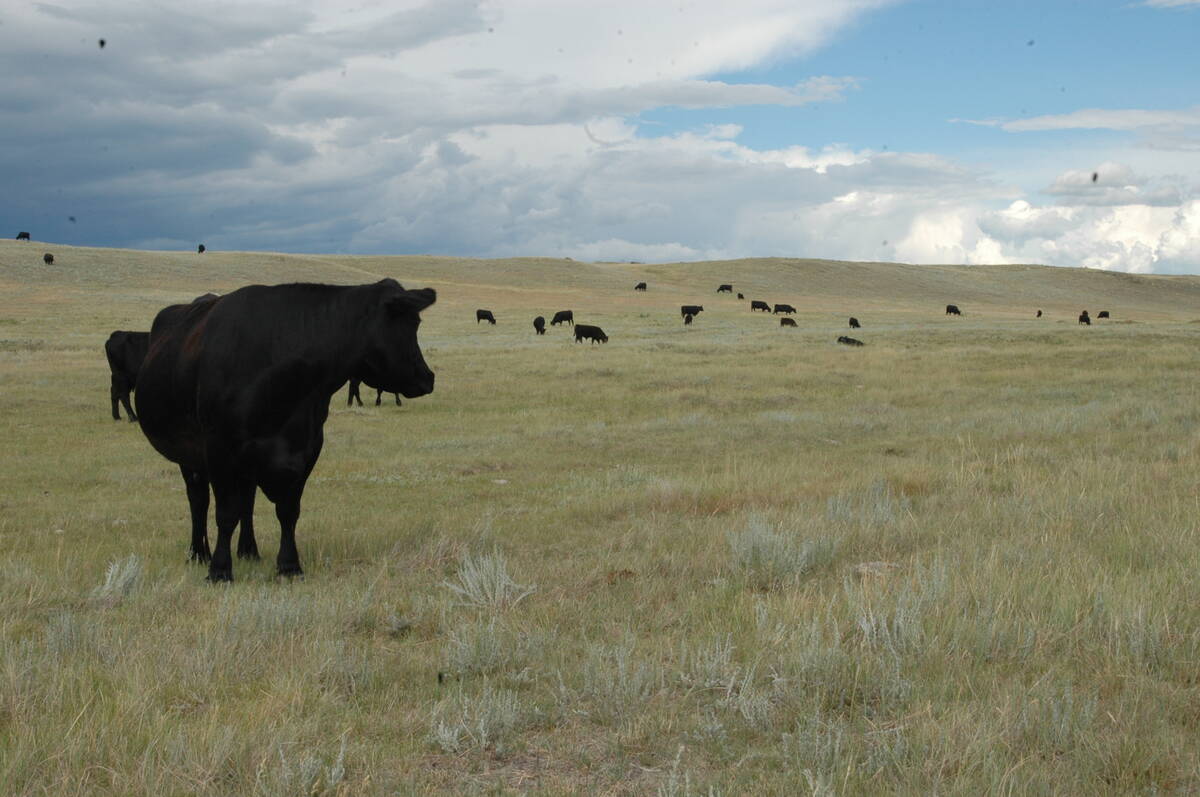The eyes are the window to the soul, it is said. But a fistula is a window to the stomach. A cow’s stomach, specifically.
For Tim Mutsvangwa’s feed research on dairy cows, the fistula, which is a hole with a removable plug, allows him to see right inside.
“It’s a window for us to get into their stomach,” he said.
Mutsvangwa, an agricultural scientist at the University of Saskatchewan, wants to find out how efficiently dairy cows digest different feeds. After being chewed, the feed goes to the rumen, the first of a cow’s four stomach chambers. It’s in the rumen that bacteria first begin digesting the feed, producing the nutrients that the cow needs.
Read Also

Canadian Food Inspection Agency slammed for handling of bovine tuberculosis case
The federal government leans heavily on producers to “take one for the team” and risk their livelihoods without any reassurance of support.
“What happens in the rumen has a big impact on the quality of the milk,” he said.
The quality of beef can be improved through such feed studies, he added.
A cow’s ability to digest also has environmental implications in terms of feed efficiency and the amount of manure produced. New strategies could lead to less phosphorus and nitrogen excreted in manure. That would reduce negative environmental impacts for intensive livestock operations.
“The more efficient they are in digesting their feed, the less that comes out in the manure,” Mutsvangwa said.
Western Canadian feed stocks including canola and flax are being used in the tests.
The feeds are placed into small nylon bags and then put inside the rumen, left to digest for various intervals of time and then removed via the fistula. The nylon allows the rumen’s gastric juices to pass into the sample to start digestion. Residues left in the bag are analyzed to see what nutrients are left.
The process allows Mutsvangwa to see how quickly the feed is digested.
Creating surgical entries into the rumen is a routine procedure used at most universities doing feed research on dairy and beef, Mutsvangwa said.














